Could life survive in alien environments? – Defining environments suitable for life
In this activity, students will consider whether life found in extreme environments on Earth could survive elsewhere in the Solar System.
Students will examine the characteristics of different places in the Solar System and then use fact cards of some example extremophiles to hypothesise which they think might be able to survive in the different extra-terrestrial environments.
Learning Objectives:
Age range:
13 – 16 years old
Time
Lesson: 1 hour
Resource available in:
Activity 1: Life in space?
In this activity, students will first consider what abiotic factors to investigate when searching for extra-terrestrial life and then examine the characteristics of different Solar System environments.
Students will next be introduced to extremophiles and hypothesize which could possibly survive on the different Solar System bodies they investigated.
Equipment
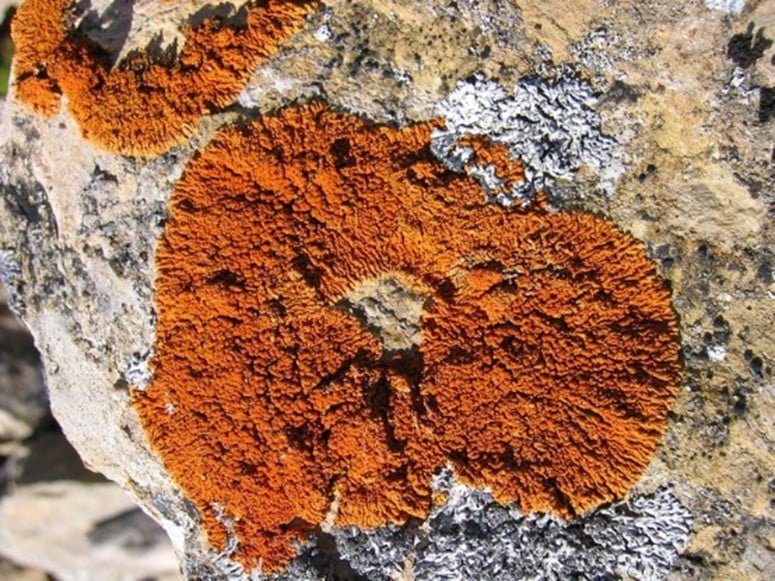
Did you know?
Artemia franciscana, or Brine Shrimp, are primitive crustaceans found in inland salt water lakes such at the Great Salt Lake in the USA.
Brine Shrimp eggs can survive for 2 years in dry, oxygen-free conditions, and were flown on ESA’s Biopan 2 mission. They were found to be able to endure the low pressure environment of a vaccuum in space, and temperatures below freezing.
Brine Shrimp eggs can survive for 2 years in dry, oxygen-free conditions, and were flown on ESA’s Biopan 2 mission. They were found to be able to endure the low pressure environment of a vaccuum in space, and temperatures below freezing.
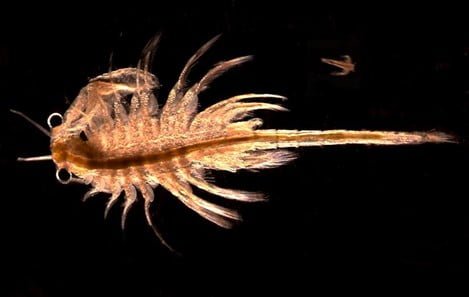
Artemia franciscana, also known as Brine Shrimp
Keywords:
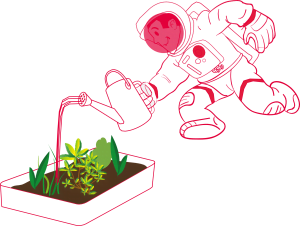
AstroFarmer – Learning about conditions for plant growth
Brief description: In this set of six activities, students will investigate which factors affect plant growth, and relate these factors to growing plants in space.
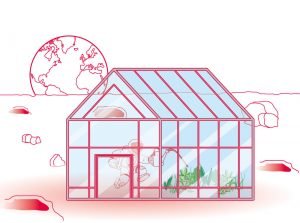
AstroCrops – Growing plants for future space missions
Brief description: In this set of activities, students will build an understanding of germination and plant growth by following the development of three unknown plants
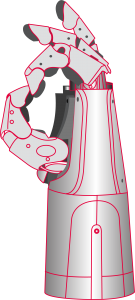
Bionic Hand – Building a bionic hand
Brief description: In this activity, pupils will build a bionic hand made out of cardboard, strings, straws and rubber bands. They will relate the bionic



